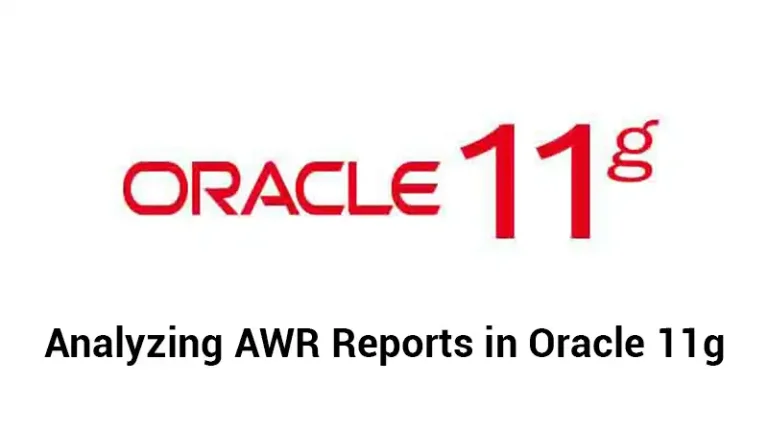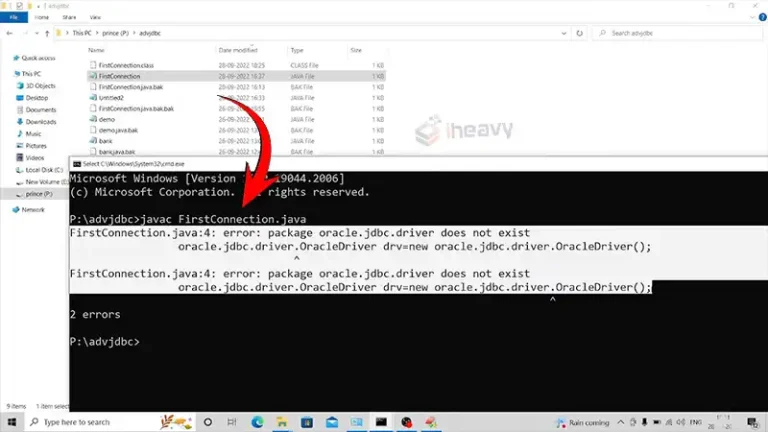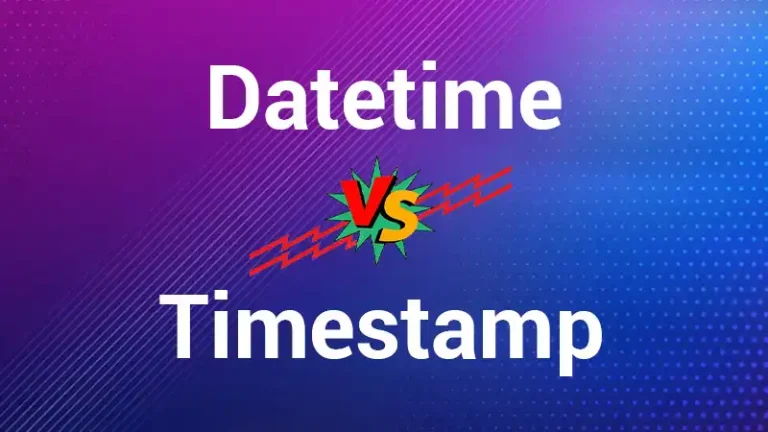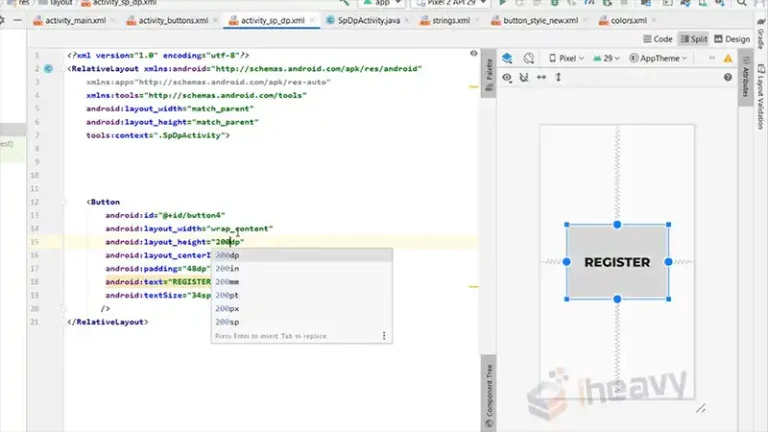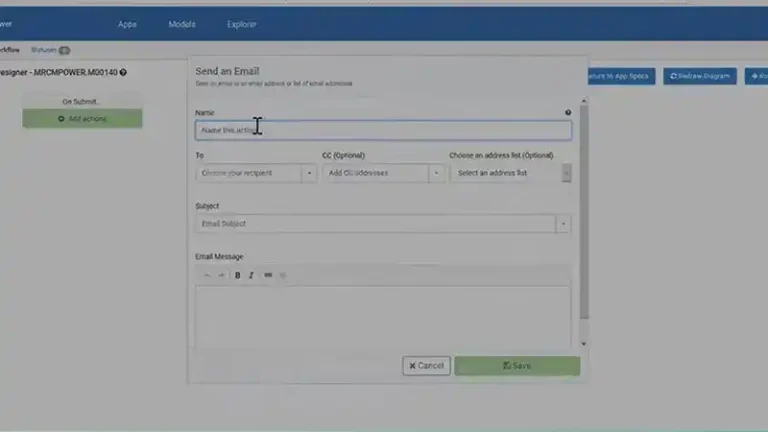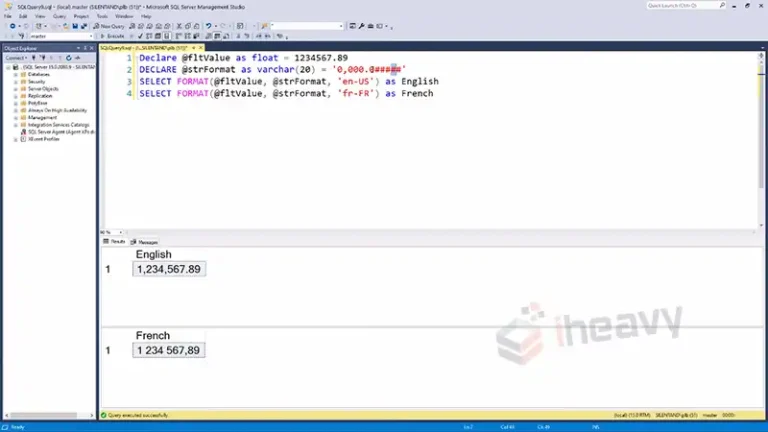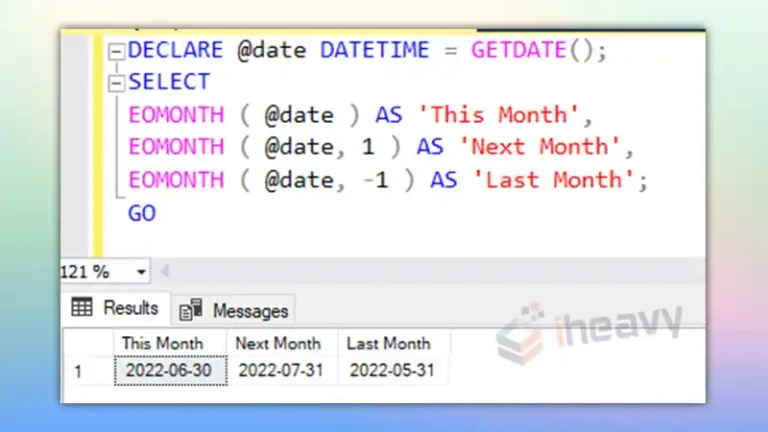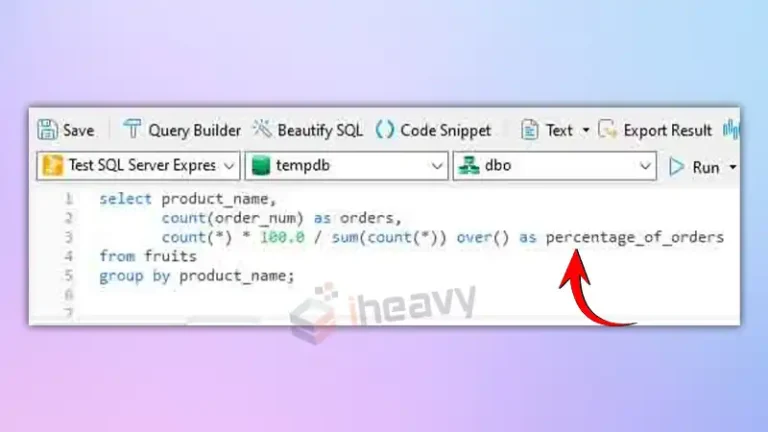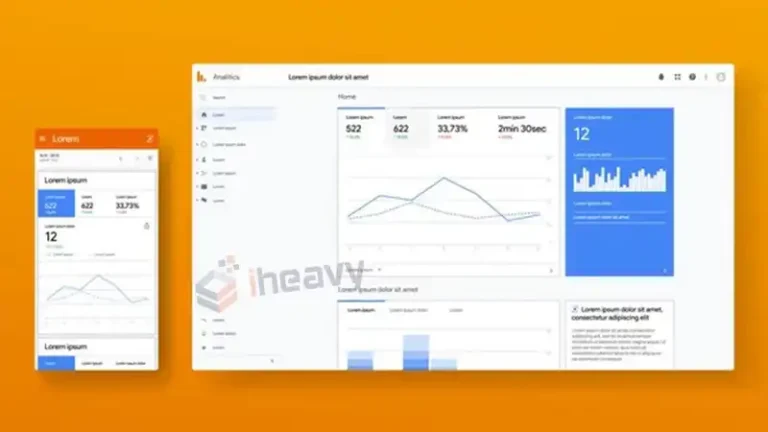Automating SQL Queries | A Comprehensive Guide
Automating SQL queries can significantly streamline database management tasks, improve efficiency, and reduce manual errors. By leveraging automation tools and techniques, database administrators and developers can schedule and execute SQL queries at specified intervals, perform routine maintenance tasks, generate reports, and more. In this article, we’ll explore various methods and best practices for automating SQL…

